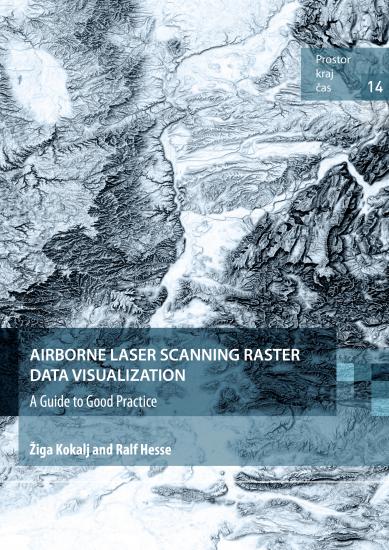
Authors:
Ralf Hesse, Žiga Kokalj
Year:
2017
This guide provides an insight into a range of visualization techniques for high-resolution digital elevation models (DEMs). It is provided in the context of investigation and interpretation of various types of historical and modern, cultural and natural small-scale relief features and landscape structures. It also provides concise guidance for selecting the best techniques when looking at a specific type of landscape and/or looking for particular kinds of forms.
The three main sections – descriptions of visualization techniques, guidance for selection of the techniques, and visualization tools – accompany examples of visualizations, exemplar archaeological and geomorphological case studies, a glossary of terms, and a list of references and recommendations for further reading. The structure facilitates people of different academic background and level of expertise to understand different visualizations, how to read them, how to manipulate the settings in a calculation, and choose the best suited for the purpose of the intended investigation.
A smaller amount of books is also available in hardcover (ISBN 978-961-05-0011-7, 24 EUR).
-
Authors
-
Publishing House:
Založba ZRC
-
Publisher
-
ISBN
978-961-05-0012-4
-
Year
2017
-
Series
Language(s)
-
Specifications
paperback 21 × 29,7 cm 90 pages
-
E-publications
05. 12. 2019
-
Permalink